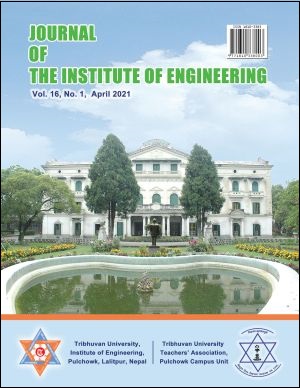Signature Verification using Convolutional Neural Network and Autoencoder
DOI:
https://doi.org/10.3126/jie.v16i1.36533Keywords:
Offline Signature Verification, WD (Writer Dependent), CNN (Convolutional Neural Network), FAR (False Acceptance Ratio), FRR (False Rejection Ratio), AutoencoderAbstract
Signature has been one of the widely used verification biometrics out there. Handwritten signatures are used in cheques, forms, letters, applications, minutes, etc. The Signature of every individual is unique in nature, that is why it is essential that a person’s handwritten signature be uniquely identified. Signature Verification is a widely used method for authenticating any individual during absence. Human verification is prone to inaccuracy and sometimes indecisiveness. This paper presents an investigation of using Convolutional Neural Network (CNN) for Writer-Dependent models in signature verification. Random distortions were generated in genuine images using an autoencoder to get forged signatures, which were passed to the classifier during training. The paper details all the pre-processing steps carried out on the image and shows various test results for changing the number of training sets of images. The average test accuracy for Persian dataset is 83% when the system was trained with 22 genuine images. There was a decrease of 9.4% in accuracy when the model was trained with 9 genuine images.
Downloads
Downloads
Published
How to Cite
Issue
Section
License
The Copyright is held by Journal of the Institute of Engineering, IOE, TU




